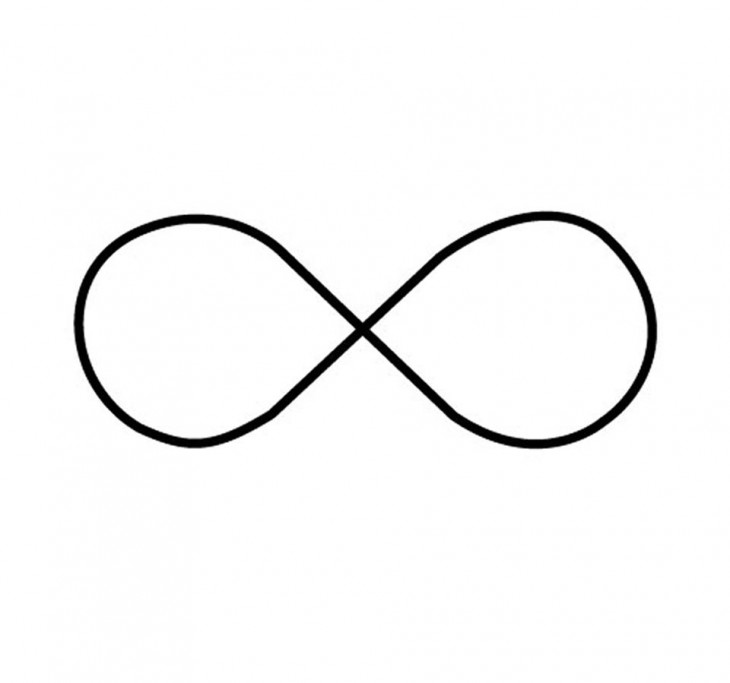author’s image
D’Arcy Wenthworth Thompson, On Growth And Form, 1917
“The finest work of literature in all the annals of science that have been recorded in the English tongue” as described by the novelist Peter Medawar, is really just all preface from beginning to the end- a preface to allometry. The “On Growth and Form” shook the scientific explanation of morphogenesis despite the fact that it does not really include a single unifying thesis. Nor does the visual thinker- Sir D’arcy Thompson- attempt to establish a resulting relationship between the forms seen in biology and forms based on physics.
Thompson tries to break the processes by which patterns are formed in plants and animals into its simplest components using descriptive and analytical methods. The study of form starts with describing it by words and ends in a definition in the precise language of mathematics. The common misconception is that mathematical definitions, being very concise, are too strict for common use. We apt to think their rigor is limitative, while in fact it offers endless freedom. The functions of mathematics within its laws are bound to underlie all parts of physical science and all composite physical phenomena. The curves of higher order, conic section and other akin curves are interpretations of forces in the static and dynamic relations- being the merging point of mathematics and physics (simple example- catenary curve- a hanging chain with two points of arrest – 0-growth points). A raindrop should in theory be a regular perfect sphere because water always forms in the minimal surface, but because physical forces are applied the shape deforms obliquely. Although it is not regular anymore, it can still be mathematically defined. Amorphological forms are nothing but identical functions of different coordinate systems and simple graphic expressions with the occurrence of localized variations, extensions not uniform at all distances etc. Thompson strives to look for mathematical explanations in defining plants’ and animals’ patterns using the method of coordinates, interchange and substitution of x and y coordinates etc. In the schemes only mathematics and physics are considered, therefore he only depicts the ideal sample state and is not symptomatic of what the shapes really undergo in the nature.
Thompson points out – in example after example – correlations between biological forms and mechanical phenomena, like the observation of numerical relationship between spiral structures in plants and the Fibonacci sequence. In the following threads he explores the extent to which differences in the forms of related animals could be described by means of relatively simple mathematical transformations.
In his instructive cases of grid deformation and transformation he draws an analysis of a common por-cupine fish, Diodon. After converting the vertical coordinates into a system of concentric circles and making the horizontal lines provisionally resemble a system of hyperbolas, the old outline, transferred in its integrity to the new network, appears as a manifest representation of closely allied but different looking sunfish. And as such it accounts, the system being now non-isogonal can only be visually valid. Using the same principal, Thompson uses non-uniform deformations, elongated shifts and rectilinear coordinates transformed to coaxial circles in the mathematical analysis of mammalian skulls. By curving the lines of intersection on a human skull grid, Thompson arrives to a simian type skull. This exertion however can only be performed within listings of topological similitude. In other words, a beetle and a cuttlefish do not fit in the same framework and although the shape could perhaps be distorted, there are no invariant basis for this generic transformation. For all contractual his work is, his permutations of organic forms find a common base with the work of Albert Durer featuring face profile analysis.
The geometrical analogies weigh heavily against Darwin’s conception of endless small continuous variations, because the assumed mutations creating new types are excluding many physico-mathematical possibilities. The book has never conformed to the mainstream of biological thought. Thompson claimed Darwinism to be an inadequate explanation for the origin of new species. He did not reject natural selectionbut regarded it as a secondary to the origin of biological form.The central conclusion could be that biologists of the author’s day overemphasized evolution as the fundamental determinant of the form and structure of living organisms, and underemphasized the roles of physical laws and mechanics.
A research that could be done would evaluate mathematics’ influence in terms of architectural design nowadays. Mathematics is applied in all 3D programs and digital machines like 3D printers that pioneer the emerging architectural styles. The contemporary design and architecture are driven by the mathematical definitions and formulas translated into the computer language which makes it a lot easier for all kinds of users- even those lacking knowledge in the field of mathematics. If nowadays, everyone is able to ‘produce’ architecture, what should be the next step in our pursuit of form? An important issue to analyze would be the genesis of form now- based on mathematical definitions- and the evolution of the tools and methodological strategies. Mathematics is indeed endless in its possibilities, however new tools could include more incorporation of physics and chemistry in creating the form, or even, conducting simulations inside the programs. If Thompson pioneered in his independent insight into the form genesis in 1915 and somehow predicted the computational methods, how much does it take for us to rise up to our century’s level? It is not enough to use the digital tools in a repetitive manner because a prospective mean for revolutionary thinking lays far beyond applied techniques we have already learned about. My question is: are we there yet?

